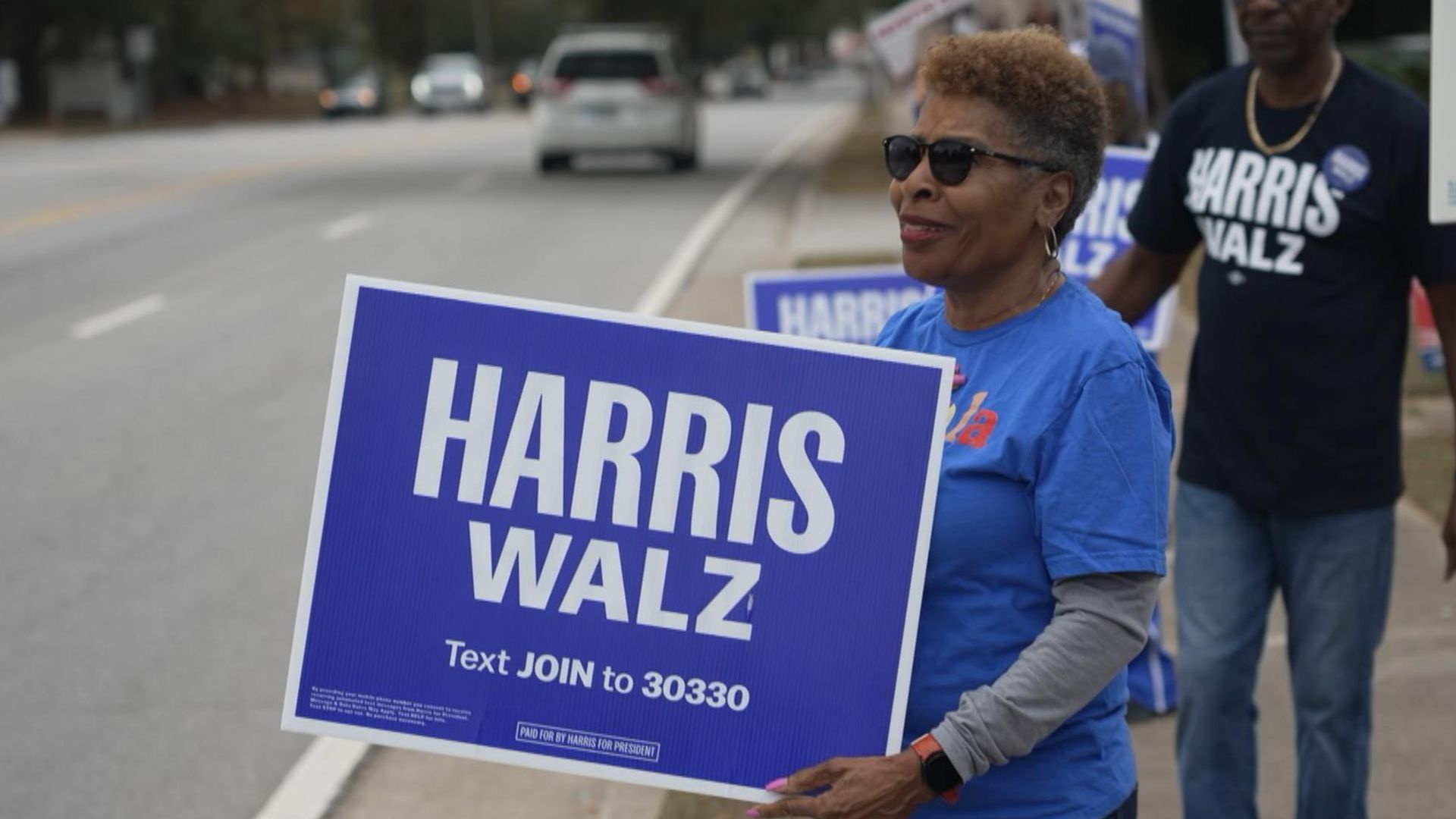Towns and cities need a radical overhaul to make them liveable during the even more intense heatwaves predicted in future, Sky News has been told.
Around 90% of the population is expected to live in urban areas by 2050.
Yet lack of shade and poor building design is magnifying temperatures, with a growing risk to health.
Professor Prashant Kumar, an urban heat researcher at the University of Surrey, said: “The built environment, with all its concrete and grey infrastructure, is trapping heat and that heat can remain for a longer duration, into the night.”
It’s called the urban heat island, with the centres of large cities such as London and Manchester up to 10C warmer than surrounding rural areas.
UK weather live updates – ‘major incident’ as Level 4 alert declared
But data given to Sky News shows a significant temperature gradient even in a relatively small town like Guildford in Surrey.
What is a national heatwave emergency and what could it mean for the UK this week?
UK heatwave: COBRA meeting called as national heatwave emergency could be declared
How to protect your dog from deadly UK heatwave as weather gets hotter
Prof Kumar’s team has a network of sensors across the area.
They show that in the early afternoon of Monday this week (11 July) the temperature in a built-up area had risen to 35C (95F).
That’s 7C warmer than nearby woodland and 6.5C warmer than a park.
The built-up area also took longer to cool.
Even at midnight it was almost 22C (71.5)F – about 3C warmer than the park or woodland.
“This shows it’s not just the cities we should be focused on,” said Prof Kumar.
“We should also be looking at these smaller towns, where there is a need to make them more resilient to urban heat.”
Read more:
National emergency as red extreme heat warning issued for first time across England
Revealed – the areas of England that are most vulnerable to hotter weather
From blankets on glaciers to ice creams for pandas, Europe finds new ways to deal with blistering heatwave
Many urban areas were built long before climate change began to accelerate.
Mossbourne Parkside Academy in East London dates from 1898.
Large windows with poor ventilation can make it challenging to keep classrooms cool.
But staff use blackout blinds to keep out the sun and internal doors are left open to encourage a through-draught. Children take regular shade breaks outside and drink plenty of water.
Laura Green, the principal, said: “The building is not made for the kind of conditions we are experiencing at the moment.
“It is something we do need to look at in the future.
“It’s not just schools, but other buildings as well – how we adapt our infrastructure to withstand these conditions.”
Stark thermal images
On a thermal camera it’s clear to see the heat radiating from hard surfaces such as brick, steel, concrete and asphalt.
By contrast natural areas are much cooler, but not just because of the shade cast by trees.
Leaves use some of the sun’s energy to evaporate water, keeping them – and the surrounding air – cooler.
It’s natural air-conditioning.
David Elliott leads a charity called Trees for Cities that plants shade for the future.
“We want to see hundreds of thousands more trees in our cities and on our streets. There is so much more to do,” he said.
“There’s never been more focus and funding for trees in general, which is great.
“But a lot of that funding has been focused in the countryside.
“We need to shift that balance to invest much more in our cities, and have many more trees and green spaces in our cities.”
‘Frightening’
The government said it wants 150,000 new trees in urban areas. But funds for this year’s planting have already run out.
Plane trees were widely planted in affluent boroughs and the centre of London in the 18th century, largely for aesthetic reasons.
But deprived areas are more exposed to the full intensity of the sun.
“There’s a frightening correlation between parts of our cities that have less green space with fewer trees and the lowest levels of income,” said Mr Elliott.
“That correlation is widely known across the UK and across the globe, so we really want to focus our efforts on those hotspots.”
An average of 2,000 people a year currently die as a result of heat. But by 2050 that is expected to rise to 7,000 a year.
Prof Kumar said: “Everyone is effected by heat in one way or another.
“If you are young and fit you will not feel comfortable.
“But if you are elderly or having any pre-existing conditions you are at higher risk of heat stroke or cardiovascular or respiratory impact. And that can be fatal.”










